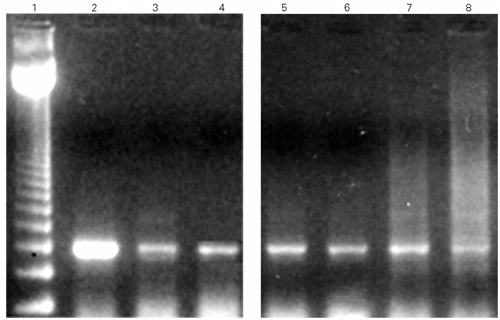Oxytocin (OT), a nonapeptide, was the first hormone to have its biological activities established and chemical structure determined. It was believed that OT is released from hypothalamic nerve terminals of the posterior hypophysis into the circulation where it stimulates uterine contractions during parturition, and milk ejection during lactation. However, equivalent concentrations of OT were found in the male hypophysis, and similar stimuli of OT release were determined for both sexes, suggesting other physiological functions. Indeed, recent studies indicate that OT is involved in cognition, tolerance, adaptation and complex sexual and maternal behaviour, as well as in the regulation of cardiovascular functions. It has long been known that OT induces natriuresis and causes a fall in mean arterial pressure, both after acute and chronic treatment, but the mechanism was not clear. The discovery of the natriuretic family shed new light on this matter. Atrial natriuretic peptide (ANP), a potent natriuretic and vasorelaxant hormone, originally isolated from rat atria, has been found at other sites, including the brain. Blood volume expansion causes ANP release that is believed to be important in the induction of natriuresis and diuresis, which in turn act to reduce the increase in blood volume. Neurohypophysectomy totally abolishes the ANP response to volume expansion. This indicates that one of the major hypophyseal peptides is responsible for ANP release. The role of ANP in OT-induced natriuresis was evaluated, and we hypothesized that the cardio-renal effects of OT are mediated by the release of ANP from the heart. To support this hypothesis, we have demonstrated the presence and synthesis of OT receptors in all heart compartments and the vasculature. The functionality of these receptors has been established by the ability of OT to induce ANP release from perfused heart or atrial slices. Furthermore, we have shown that the heart and large vessels like the aorta and vena cava are sites of OT synthesis. Therefore, locally produced OT may have important regulatory functions within the heart and vascular beds. Such functions may include slowing down of the heart or the regulation of local vascular tone.
oxytocin; natriuretic peptides; heart






